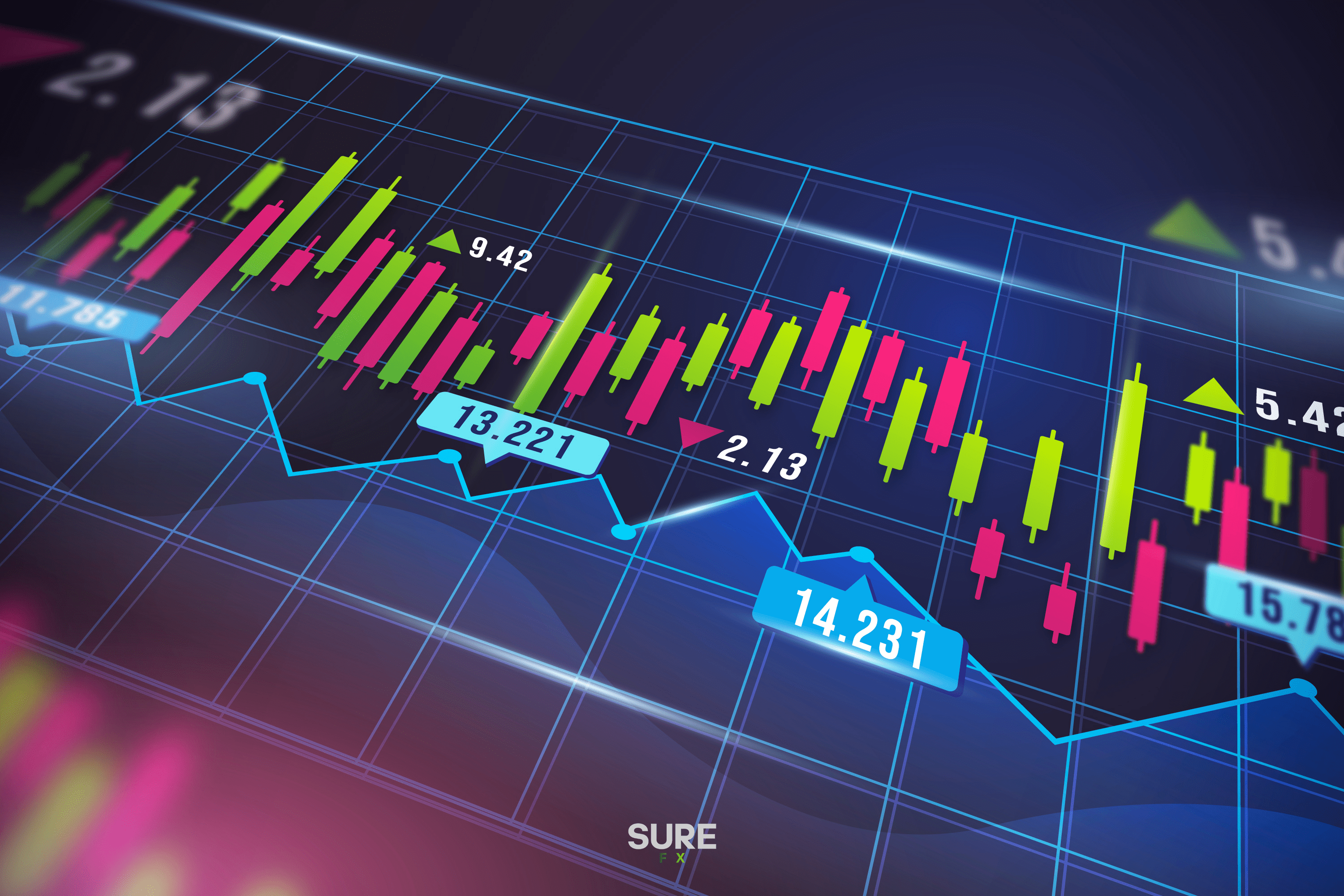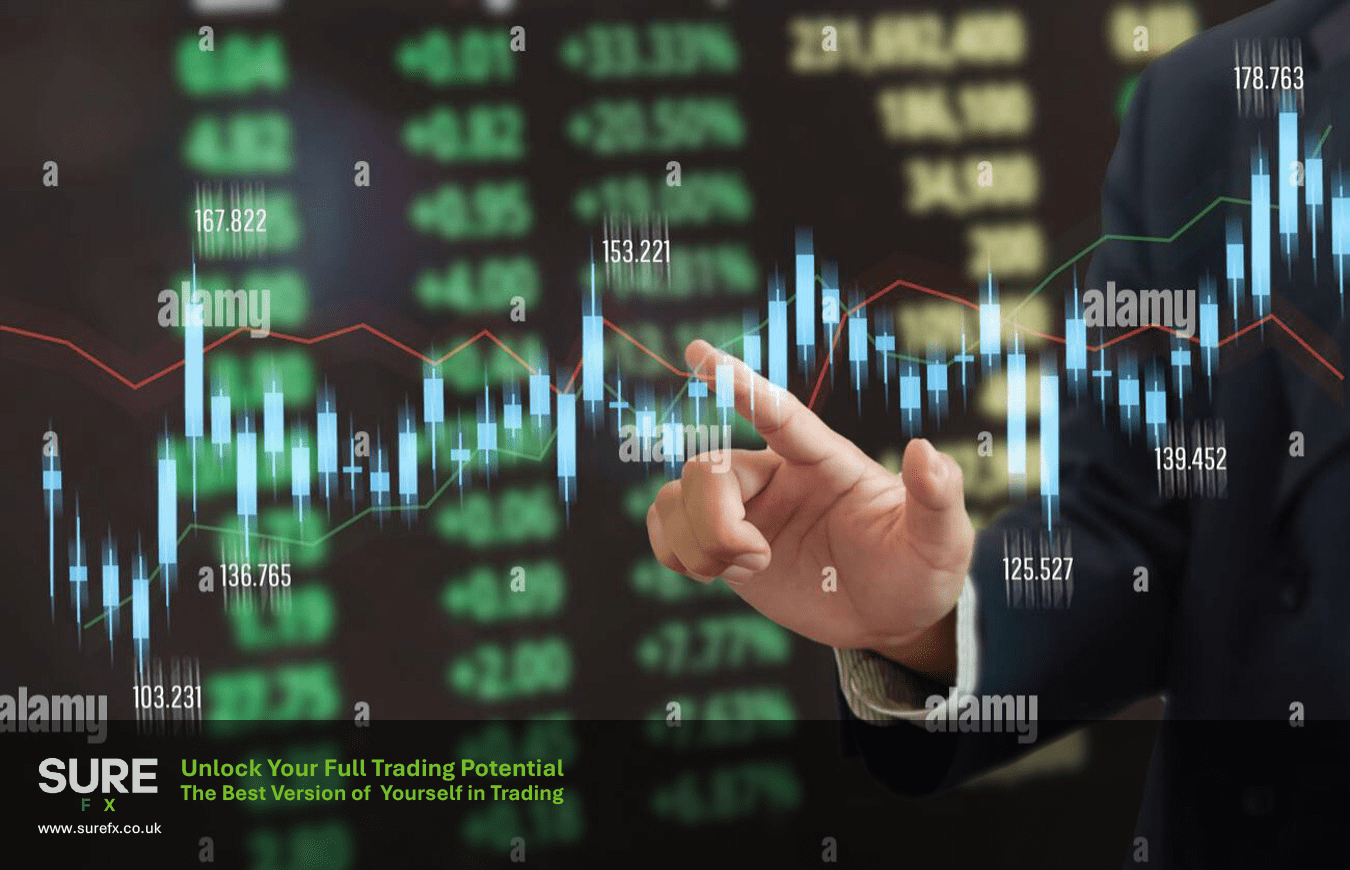- 0203 633 8089
- Info@surerfx.co.uk
- London, United Kingdom
I
n the world of Forex trading, understanding market trends is crucial for making informed decisions and executing successful trades. Two tools that have revolutionized this process in recent years are Forex chart analysis and AI-driven trading systems. Together, they provide traders with deeper insights, more accurate predictions, and faster decision-making capabilities. This article explores how market trends are analysed through Forex chart analysis and how AI trading tools are transforming Forex trading for both seasoned traders and beginners.

Chart analysis is the foundation of technical trading. Traders use chart analysis forex to visualize price movements, identify patterns, and predict future trends based on historical data. The most common types of charts used in Forex trading are line charts, bar charts, and candlestick charts.
In both Forex trading and the chart analysis in share market, traders apply various tools and indicators to enhance their understanding of price action and potential market trends, including:
By using these and other technical indicators, traders can interpret past price action to forecast future market movements. However, while chart analysis forex can be a powerful tool, it’s not always foolproof. The volatile nature of the Forex market, influenced by geopolitical events, economic data, and central bank decisions, can lead to unpredictable price swings.

As Forex markets have become more complex and data-driven, artificial intelligence (AI) has emerged as a transformative force in trading. AI trading typically takes the form of algorithmic trading, machine learning (ML) models, and predictive analytics, all of which aim to enhance decision-making and reduce human error.
AI trading tools are designed to process vast amounts of market data in real-time and execute trades based on predefined criteria. These systems rely on historical price data, technical indicators, and other relevant market information to detect patterns and make decisions faster than human traders ever could. AI trading algorithms are particularly useful for high-frequency trading (HFT), where speed and precision are critical.
Machine learning (ML), a subset of AI trading, uses statistical techniques to enable systems to “learn” from data without being explicitly programmed. In Forex trading, ML models are trained on large datasets of historical price action, economic indicators, news events, and even social media sentiment to recognize patterns that may indicate future price movements.
Unlike traditional methods of analysis, which rely on fixed rules, machine learning models continuously adapt and improve as they process more data. This makes them particularly powerful for dynamic markets like Forex, where patterns can evolve over time. For example, an AI trading system may learn that a particular pattern of candlestick formations often precedes a breakout or a reversal, enabling it to execute trades based on these predictions.
AI trading tools are also used to analyse market sentiment, which is an important driver of Forex prices. Through natural language processing (NLP) techniques, AI trading systems can analyse news articles, social media posts, economic reports, and other text-based sources of information to gauge market sentiment and make predictions about future price movements.
Sentiment analysis helps AI trading systems assess how the market is likely to react to specific events, such as an interest rate change by a central bank or a geopolitical crisis. By integrating this real-time data into trading strategies, AI trading tools can execute trades faster than human traders, capitalizing on market-moving news before it becomes fully priced in.
While traditional chart analysis relies on human interpretation, AI trading tools can augment this process by automating the analysis of large datasets and identifying patterns more efficiently. When combined, AI trading and chart analysis forex create a powerful synergy.
While AI trading offers significant advantages in Forex trading, it’s important to recognize the challenges and limitations of this technology.
Benefits:
Challenges:
Conclusion
Chart analysis forex and AI trading are powerful tools that, when used together, can enhance trading strategies and improve outcomes in the highly competitive and volatile Forex market. While chart analysis remains a fundamental aspect of Forex trading, the integration of AI trading tools takes this process to the next level by automating data processing, identifying patterns, and making predictions with greater speed and accuracy. However, traders must still exercise caution and ensure that their AI trading systems are properly trained and monitored to mitigate the risks associated with data overload and model overfitting. As technology continues to evolve, the synergy between human traders and AI trading will likely play an increasingly pivotal role in the future of Forex trading.
You can also find out more about chart analysis and other handy forex courses on the SURE FX website.